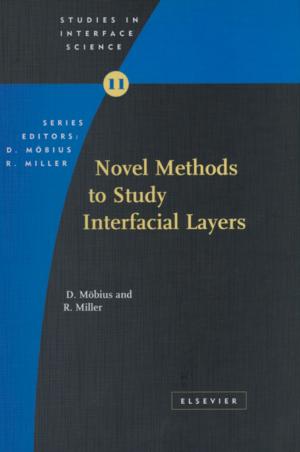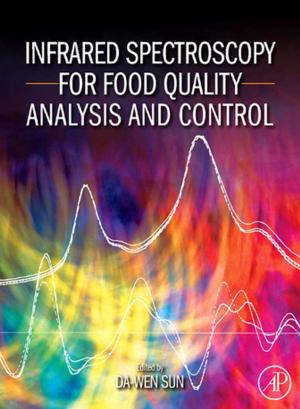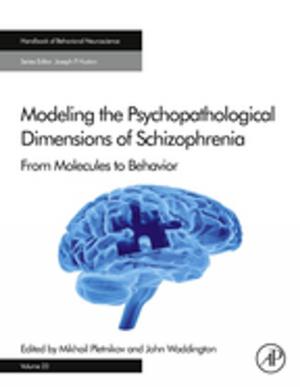Psychophysics
A Practical Introduction
Nonfiction, Health & Well Being, Psychology, Cognitive Psychology, Science & Nature, Science, Biological Sciences| Author: | Frederick A.A. Kingdom, Nicolaas Prins | ISBN: | 9780080920221 |
| Publisher: | Elsevier Science | Publication: | September 29, 2009 |
| Imprint: | Academic Press | Language: | English |
| Author: | Frederick A.A. Kingdom, Nicolaas Prins |
| ISBN: | 9780080920221 |
| Publisher: | Elsevier Science |
| Publication: | September 29, 2009 |
| Imprint: | Academic Press |
| Language: | English |
Psychophysics: A Practical Application is a single-volume text that covers the rudimentary principles of psychophysical methods and the practical tools that are important for processing data from psychophysical experiments and tests. It makes complicated concepts and procedures understandable for beginners and non-experts in psychophysics. The book includes a wide array of analytical techniques, such as novel classification schemes for psychophysics experiments; new software packages for collecting and processing psychophysical data; practical tips for designing psychophysical experiments; and the advantages and disadvantages of the different psychophysical methods.
The first chapters of the book present the fundamental concepts and terminology of psychophysics, and they familiarize readers with available psychophysical techniques. The remaining chapters discuss a series of topics, such as psychometric functions, adaptive procedures, signal detection measures, scaling methods, and statistical model comparisons.
The book serves as an invaluable source of information about psychophysics for researchers and optometrists, as well as for psychology and neuroscience students, on both the graduate and undergraduate level.
- Large variety of analytical methods explained for the non-expert
- Novel classification scheme for psychophysics experiments
- New software package for collecting and analyzing psychophysical data
- Pros and cons of different psychophysical procedures
- Practical tips for designing psychophysical experiments
Psychophysics: A Practical Application is a single-volume text that covers the rudimentary principles of psychophysical methods and the practical tools that are important for processing data from psychophysical experiments and tests. It makes complicated concepts and procedures understandable for beginners and non-experts in psychophysics. The book includes a wide array of analytical techniques, such as novel classification schemes for psychophysics experiments; new software packages for collecting and processing psychophysical data; practical tips for designing psychophysical experiments; and the advantages and disadvantages of the different psychophysical methods.
The first chapters of the book present the fundamental concepts and terminology of psychophysics, and they familiarize readers with available psychophysical techniques. The remaining chapters discuss a series of topics, such as psychometric functions, adaptive procedures, signal detection measures, scaling methods, and statistical model comparisons.
The book serves as an invaluable source of information about psychophysics for researchers and optometrists, as well as for psychology and neuroscience students, on both the graduate and undergraduate level.
- Large variety of analytical methods explained for the non-expert
- Novel classification scheme for psychophysics experiments
- New software package for collecting and analyzing psychophysical data
- Pros and cons of different psychophysical procedures
- Practical tips for designing psychophysical experiments















